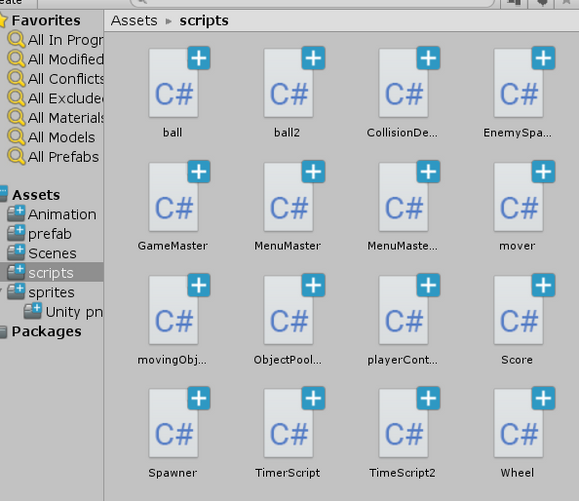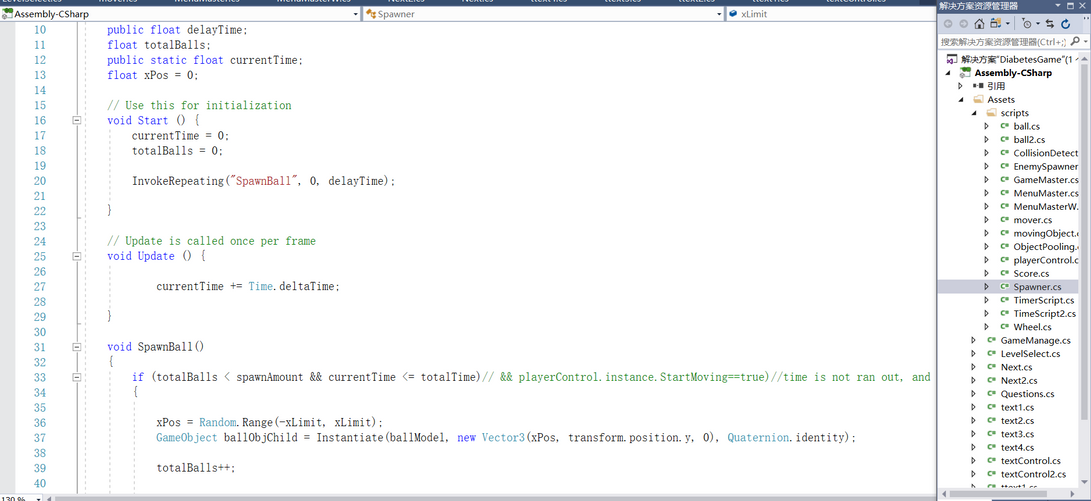
Education Game
Results & Testing
For the education game, we want to present our game as both an entertainment and an education opportunity on diabetes by imbedding basic information and practical prevention ways within the mechanics of the game. So, during the designing step, we mainly focused on finding out possible and practical ways to merge these two requirements. First, we did brainstorming on the information about diabetes we want to show and teach through the game. We want the information embedded in the game to be easily comprehensible, user-interactive, and visually expressive. So in the two levels we set in the prototype of the game, we ended up having two different levels, in which one is about the biology theory that briefly explains the cause of the diabetes and could be easily understood by the public who only have little idea about diabetes, while another one is about the strategies people in Kampala could take to deal with different glucose levels. After limiting the education information, we discussed about how this knowledge can be presented in an entertainment form, and easy to be coded at the same time. We drew the mechanics of the game in a flow chart to figure out its sequences of logic, visual effects, and capability of being coded. Meanwhile, we were also preparing for developing the actual game. We went through a hard time choosing interface because we want to make an easy, interactive game. Because a game-software called Unity could provide satisfying visual and interactive interface by combining modeling of the scene, characters, and coding, we finally chose Unity. We spent about five days learning how to use Unity and coding in C#, and continued learning while making the game. After finishing the basic game-design, some of our members started to design those information visually while ensuring they are cultural acceptable.
During the testing step, we mainly focused on rearranging the logic of the game. Previously, we designed our game in a sequence that the players get to do a wrap-up quiz after playing the two-levels-game. However, when we invited our professor as a potential subject player, she found our game may lose our core education means for putting the quiz at the end of the game, because players would prefer to skip the quiz if they get to choose. To upgrade our game, we splitted up the quiz part and made them bonus questions after each level, so that the bonus could serve as a motivation for the players to do the quiz, which is the most important education element we put in the game. We also edited on the images we designed for the game in order to improve on the game’s visual effects by attracting more people to play and learn about the diabetes. We tried to make our design look as cute as possible by using self-designed cartoon character, which we believe is generally culturally acceptable.










